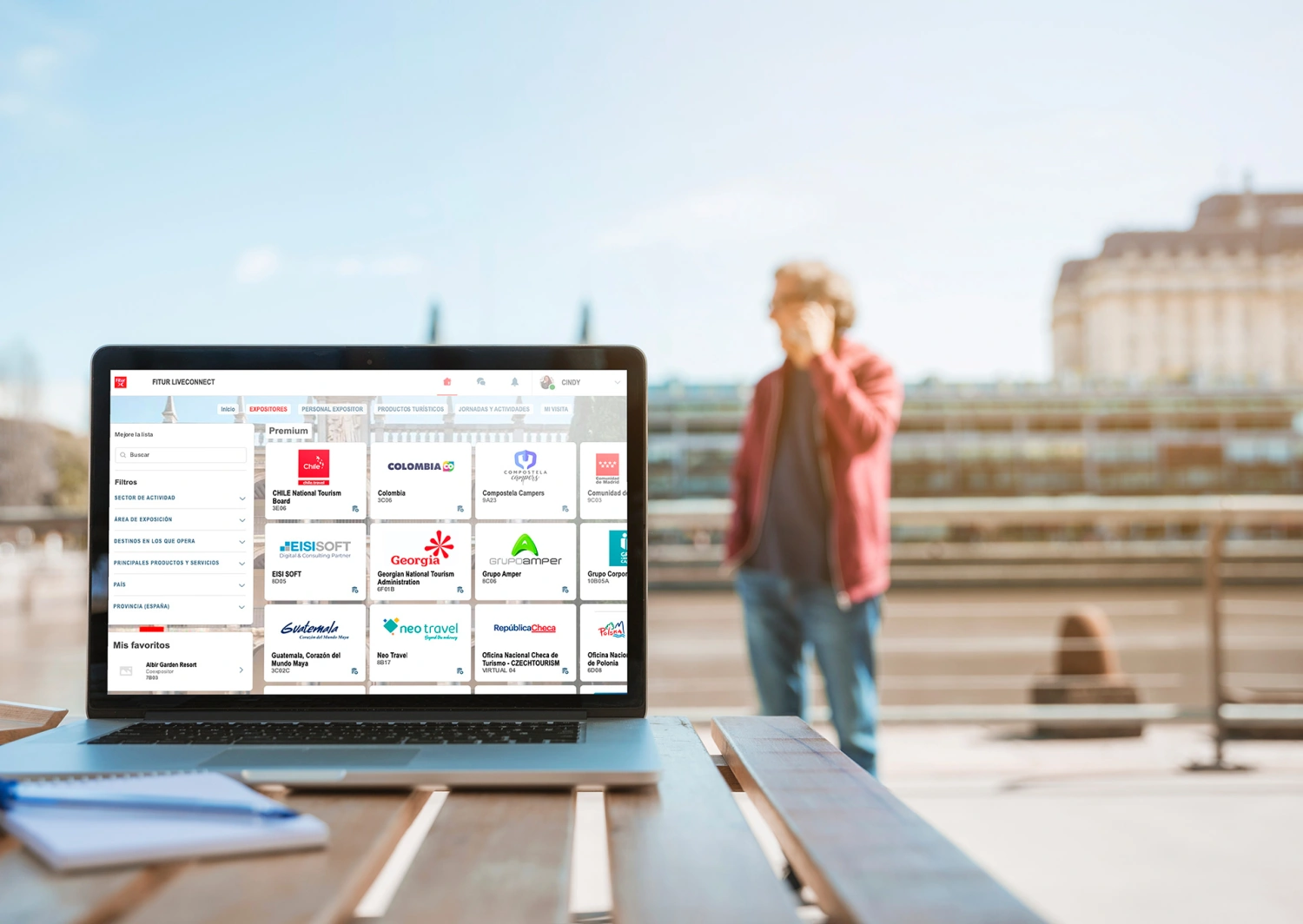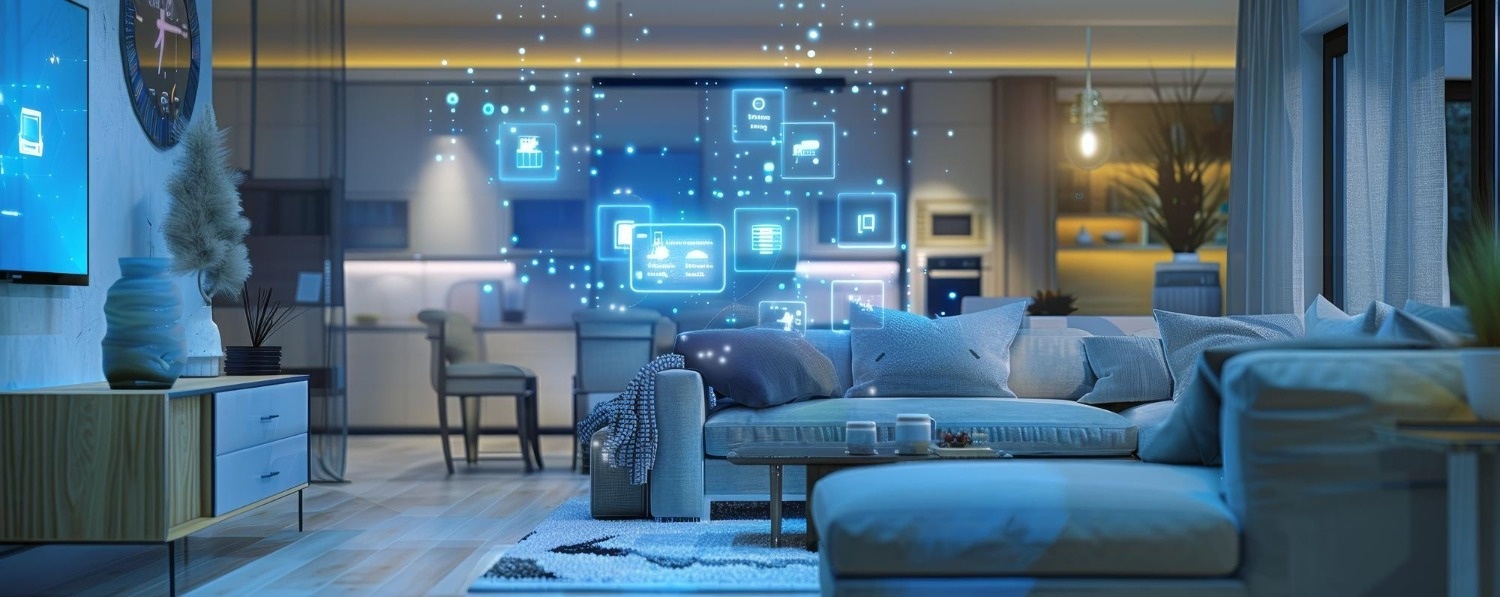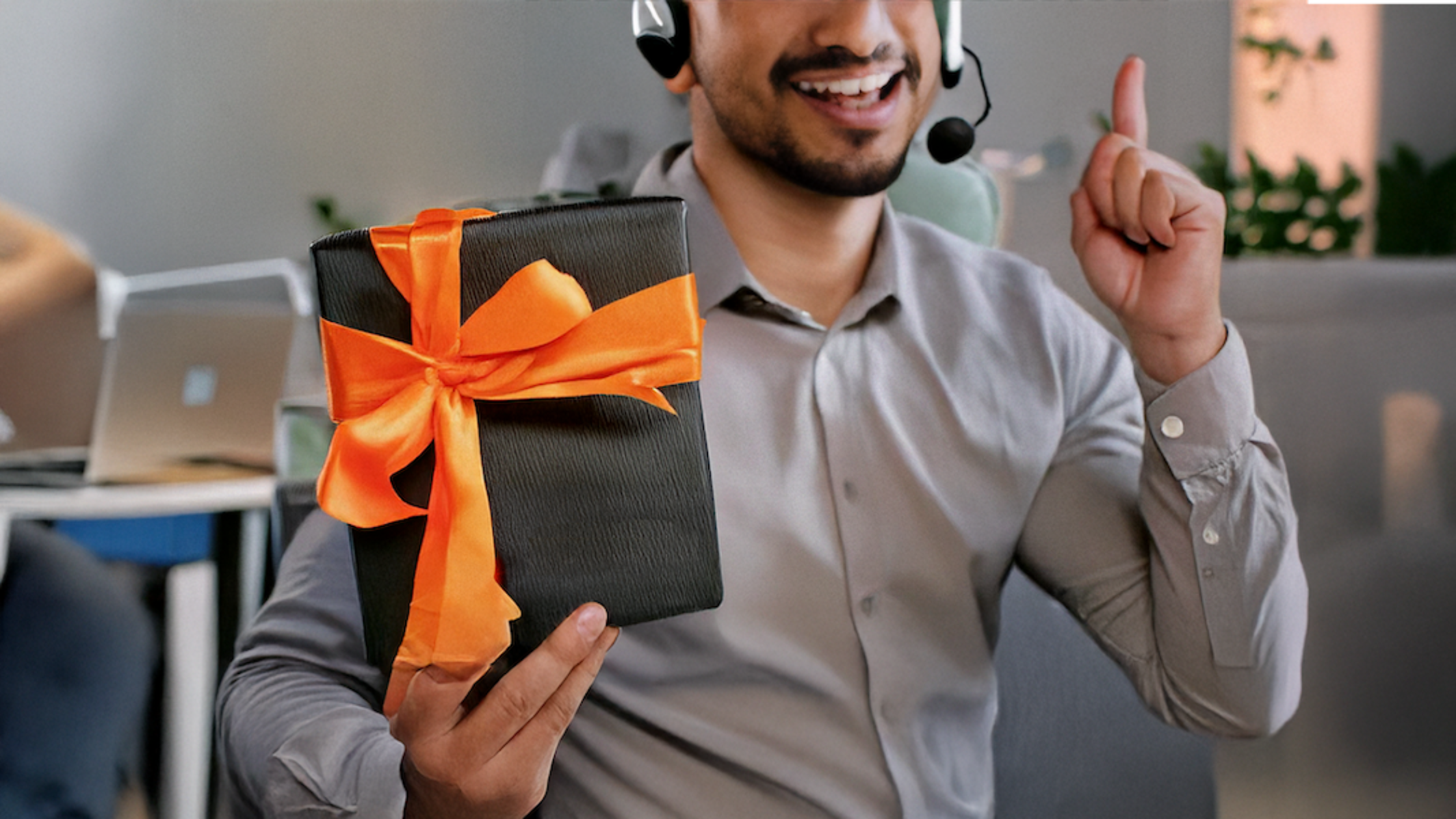FITUR 2021: The importance of being present
Events 01/06/2021Last Sunday, May 23rd, marked the closing of the most special Fitur that anyone can remember. The 2021 edition will be etched in our minds as an unequivocal symbol of the beginning of the return to (new) normality in tourism. It is, in fact, the first major international event in the sector held in person for almost a year and a half. Despite the difficulties, skeptics, and detractors, 55 countries, 5,000 companies, over 42,000 professionals, and 20,000 visitors decided to be present to send a loud and clear message together: that #wewilltravelagain is getting closer every day.
We know that 2020 has been tough. Extremely tough, in reality. However, we should not talk, in any case, about a blank year. Over the last fifteen months, while the world came to a standstill, destinations couldn't afford to stop. Quite the opposite. They have worked tirelessly to stay in the minds of travelers, to put themselves in their place and anticipate their intentions. Always with the goal of being the first to detect the desire to travel and translate it into the arrival of visitors, in booking confirmations, as soon as the health situation and mobility restrictions allowed.
All have been forced to combat Covid-19 by following prevention rules, imposing containment measures, and implementing safety protocols. But this has also led them to improve their facilities, expand their services, and identify, and subsequently develop, new products adapted to the novel concept of post-pandemic travel, where privacy, nature, or outdoor activities have become impromptu protagonists, even where they had never been relevant before.
The most proactive have not stopped promoting themselves, launching marketing campaigns or organizing virtual events, knowing that greater visibility gives them an advantage over possible competing destinations. For this reason, the importance of having been present at Fitur comes to light again: for destinations, there has been no better opportunity than this to remind the market that they are still there, presenting their brand-new offerings, shouting, "we are ready to welcome you, and we will do it better than ever." Surely, the 20,000 visitors we mentioned earlier, when it comes time to book their next vacations, will find it easier to remember the destinations they encountered in the halls of Ifema than those who did not attend.
If we agree that destinations are more than prepared for the reactivation of travel, we will also agree that the tourist business fabric, the true engine of the sector, has not lagged behind. Feelings of hope and optimism have characterized the professional encounters forged during those five days of the fair, where the common denominator has been the desire to mobilize millions of travelers again. Everyone present shared attitude and objective: less posturing and more business. The reactivation of tourism demands not only its unquestionable boost but also the necessary alignment of the goals of public and private entities.
Those of us who make up the Turobserver team, of course, were there, so we speak from experience. The motivation behind our decision to participate was none other than being able to contribute to the relaunch of our beloved sector. We had the pleasure of sitting down to chat informally with representatives of national and international destinations, with established clients and others with the potential to be so. And we have worked hard to continue emphasizing something that, by now, we all have very clear: today, more than ever, digitization and technology are an indivisible part of our lives, and resource optimization, together with more efficient management of these resources, are needs that no destination can afford to renounce.
The pandemic has immersed us in an ocean of data and statistics, where we move like fish in the water, and has also taught us the importance of basing strategic decisions on updated and sustainable information. Hence, to the range of services we were already offering, we have now added our Demand Reactivation Plan, a three-year project presented exclusively during the fair, in which we offer to guide and accompany destinations throughout the path of their recovery, as well as facilitate their transition to digitization and sustainability.
Will purely in-person events return, as we knew them, relegating digital platforms and virtual events to very specific cases? Undoubtedly, the celebration of a fair in a 100% in-person format has been a very important symbol for a sector that thrives on experiences, and it is true that we all missed, almost needed, both personally and professionally, to maintain direct contacts, face to face, without a screen in between. In addition, tourism professionals themselves, with their travels, have clearly stated the message that traveling is possible, and safe events can be held, completely feasible.
At the same time, in our opinion, technology is here to stay, and its current use has served to enhance traditionally in-person events. Again, Fitur 2021 is a good example. This year, the organization launched LiveConnect, a virtual platform that allows exhibitors and professionals to contact and schedule meetings for a month. It is a complement that, combined with the in-person format, adds a lot of value to the fair. At a time when there are still many doubts regarding the risks associated with mobility and crowds, it is a very interesting alternative for those who ultimately could not be in Madrid, but also for attendees who can extend established business relationships and schedule new meetings.
Therefore, we do not believe that one has to think in black and white. The pandemic has been a turning point that probably will not end with the in-person format, but almost certainly will modify what were its standards until the advent of the Coronavirus. This implies that there is an intermediate way, that both modalities, in-person and virtual, can coexist and, in fact, we advocate for a future of hybrid events.
As social beings, on the one hand, we need direct contact, we surrender to the attraction of large fairs for the end customer, and accept their condition as showcases for destinations, on the other hand, we must be able to take advantage of the benefits offered by technology, such as time and resource savings, or the opportunity it represents for all those small and medium-sized companies that, otherwise, could not afford to participate.
We have seen it firsthand in each of the Destination Virtual Workshops that we have organized over the past year for various destinations. Thanks to these exclusive tailor-made events, local entrepreneurs, without leaving their offices, have been able to contact and negotiate with decision-makers from agencies and tour operators around the world, sparking or rekindling their interest in these destinations. In conclusion, the fusion of both options constitutes a huge qualitative leap and a great business opportunity. However, it is now up to each company or destination to assess the different possibilities at their disposal, estimate the return on investment that each action may generate, and make the decision they consider most appropriate.


















